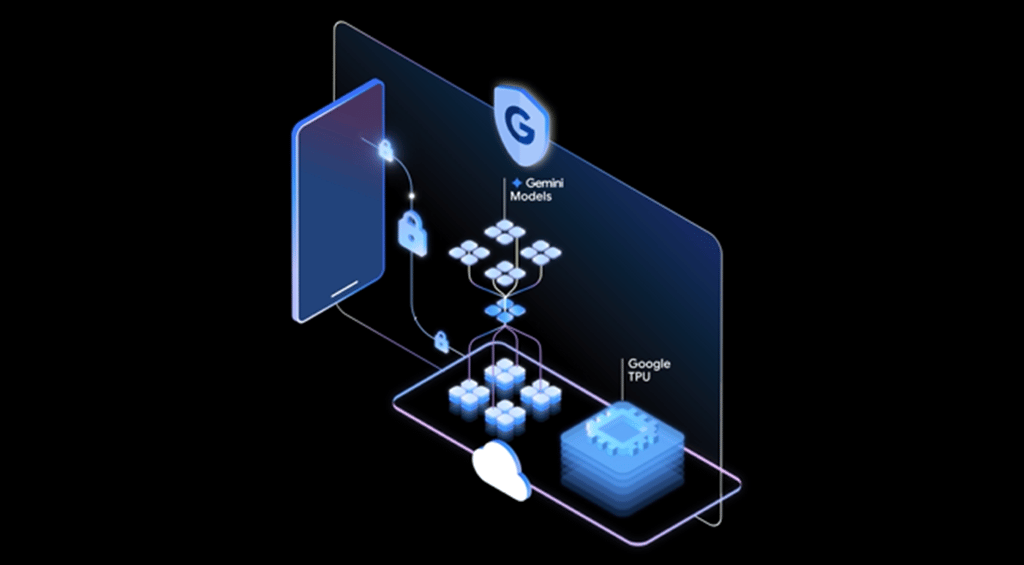Datamation content and product recommendations are
editorially independent. We may make money when you click on links
to our partners.
Learn More
For years, cloud services have been spreading like an out-of-control bushfire. From mega-corporations to the individual owners of a Chromebook, users are outsourcing their infrastructures, passing their administration and their data to third party applications on the Internet. Software companies are investing heavily in cloud services, and every indication is that they will continue to do so — at least, until the next development fad comes along.
Yet is cloud computing really making local computing obsolete? Depending on your priorities, a strong case can still be made for local computing, especially local computing with Linux and free and open source software.
The Case for the Cloud
Cloud Storage and Backup Benefits
Protecting your company’s data is critical. Cloud storage with automated backup is scalable, flexible and provides peace of mind. Cobalt Iron’s enterprise-grade backup and recovery solution is known for its hands-free automation and reliability, at a lower cost. Cloud backup that just works.
SCHEDULE FREE CONSULT/DEMO
Probably, you’ve heard the claims before:
Cloud services are all about short term convenience. Typically, cloud-based software is free, and extra storage is available at a nominal cost. Updates are free. Since the software you are using isn’t on your computers, the provider is responsible for fixing problems. Not only that, but your data is always available, regardless of what machine you are on or where you happen to be.
These points — often, in not much more detail — have been used to sell cloud services for so long that they sound banal. As the basis for promotional material, they have been reliably successful, because in typical circumstances they are true.
However, parts of this line of argument deserve to be questioned. For instance, is logging onto a cloud service really that much easier than plugging in a portable hard drive to a USB drive? Moreover, if, like those of us in the Pacific Northwest, you are starting to discover that one of the effects of climate change is winter wind storms that periodically knock out the power, then the idea of requiring an Internet connection to reach your data looks considerably less clever than it did a few years ago.
As for cost-free software, does anyone imagine that, just because software fails to appear as a line item in the accounting, it isn’t factored into the total cost? If nothing else, customers pay in conditioned vendor lock-in as they make their short-termed convenience part of their long-term business strategies and possibly overlook alternatives.
The Case for Local Linux
Cynics might say that the illusion of cost-free software from the cloud is a way for proprietary software to compete with open source software, which is usually free for the download.
However, that is an over-simplification. Most cloud services, such as OpenStack, are written with open source software, and owe much of their rapid growth to the fact. Under these circumstances, Richard M. Stallman’s wholesale condemnation of cloud services eight years ago no longer completely reflects the situation.
What remains true is that cloud-services use open source software differently than Stallman advocates. In cloud services, open source software empowers the providers. By contrast, free software is also envisioned as helping users take control of their computing.
However, when users subscribe to cloud services, they abdicate even the attempt to control their computing. They trust the providers to provide reliable service and privacy for their data. The problem is, they have no way to independently verify that this trust is justified, because no external body licenses the providers, and, short of an on-site inspection, users have no way to check that the promised services are provided until something goes wrong. Validating trust required remains an ongoing problem.
No doubt it is in providers’ interest to fulfill their promises as well as possible. However, the point is that verification in the cloud is next to impossible. By contrast, verification is considerably easier when a network is administered locally, and easier still when you have source code an experts than can read it. With a local Linux installation, you do not have to trust. You can investigate. If security is a priority, then a local Linux install is the obvious choice.
The disadvantage to a local Linux install is — to coin a phrase — is that with great control comes great responsibility. Almost certainly, employing full-time system administrations is more expensive than outsourcing their functions to a provider.
Making a Choice
If you ignore the sloganeering on either side, whether you should use cloud services depends on what matters to you. If you prefer not to worry about administration and security, then cloud services are likely to appeal to you. Be aware, though, that your choice means abandoning control and trusting the provider without evidence.
At the same time, a local Linux install allows the possibility of verified security and control. But if you are not prepared to verify and control, or pay the price — largely in salaries– to so, then you may be better off with cloud-provider.
In other words, the decision comes down to convenience without control, or accepting both responsibility and its efforts and expenses.
Photo courtesy of Shutterstock.
-
Huawei’s AI Update: Things Are Moving Faster Than We Think
FEATURE | By Rob Enderle,
December 04, 2020
-
Keeping Machine Learning Algorithms Honest in the ‘Ethics-First’ Era
ARTIFICIAL INTELLIGENCE | By Guest Author,
November 18, 2020
-
Key Trends in Chatbots and RPA
FEATURE | By Guest Author,
November 10, 2020
-
Top 10 AIOps Companies
FEATURE | By Samuel Greengard,
November 05, 2020
-
What is Text Analysis?
ARTIFICIAL INTELLIGENCE | By Guest Author,
November 02, 2020
-
How Intel’s Work With Autonomous Cars Could Redefine General Purpose AI
ARTIFICIAL INTELLIGENCE | By Rob Enderle,
October 29, 2020
-
Dell Technologies World: Weaving Together Human And Machine Interaction For AI And Robotics
ARTIFICIAL INTELLIGENCE | By Rob Enderle,
October 23, 2020
-
The Super Moderator, or How IBM Project Debater Could Save Social Media
FEATURE | By Rob Enderle,
October 16, 2020
-
Top 10 Chatbot Platforms
FEATURE | By Cynthia Harvey,
October 07, 2020
-
Finding a Career Path in AI
ARTIFICIAL INTELLIGENCE | By Guest Author,
October 05, 2020
-
CIOs Discuss the Promise of AI and Data Science
FEATURE | By Guest Author,
September 25, 2020
-
Microsoft Is Building An AI Product That Could Predict The Future
FEATURE | By Rob Enderle,
September 25, 2020
-
Top 10 Machine Learning Companies 2020
FEATURE | By Cynthia Harvey,
September 22, 2020
-
NVIDIA and ARM: Massively Changing The AI Landscape
ARTIFICIAL INTELLIGENCE | By Rob Enderle,
September 18, 2020
-
Continuous Intelligence: Expert Discussion [Video and Podcast]
ARTIFICIAL INTELLIGENCE | By James Maguire,
September 14, 2020
-
Artificial Intelligence: Governance and Ethics [Video]
ARTIFICIAL INTELLIGENCE | By James Maguire,
September 13, 2020
-
IBM Watson At The US Open: Showcasing The Power Of A Mature Enterprise-Class AI
FEATURE | By Rob Enderle,
September 11, 2020
-
Artificial Intelligence: Perception vs. Reality
FEATURE | By James Maguire,
September 09, 2020
-
Anticipating The Coming Wave Of AI Enhanced PCs
FEATURE | By Rob Enderle,
September 05, 2020
-
The Critical Nature Of IBM’s NLP (Natural Language Processing) Effort
ARTIFICIAL INTELLIGENCE | By Rob Enderle,
August 14, 2020
SEE ALL
CLOUD ARTICLES









